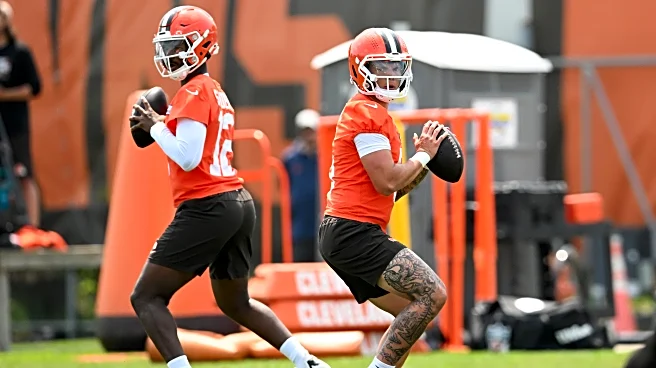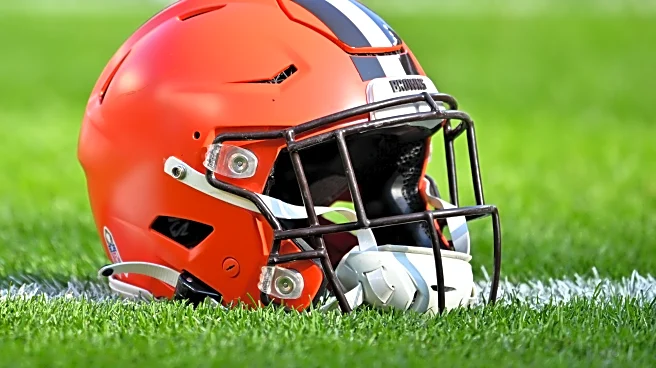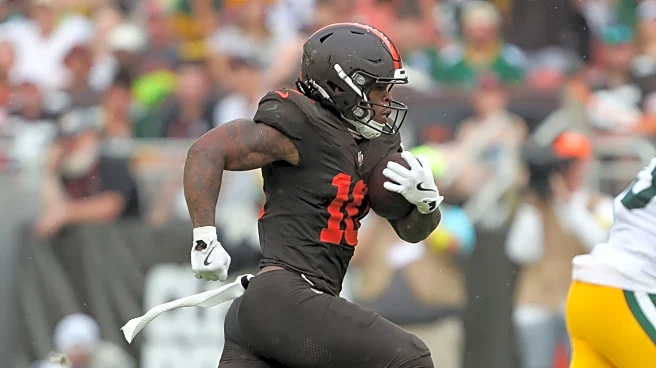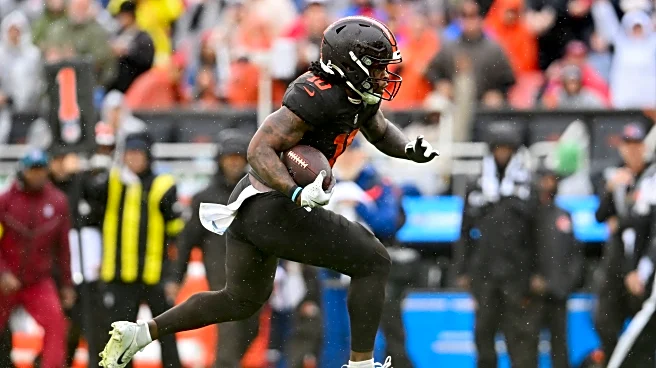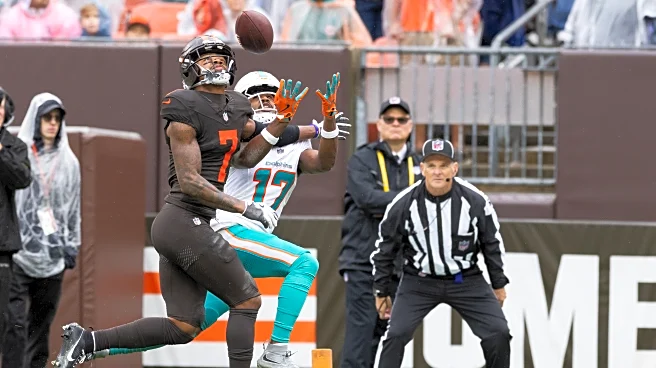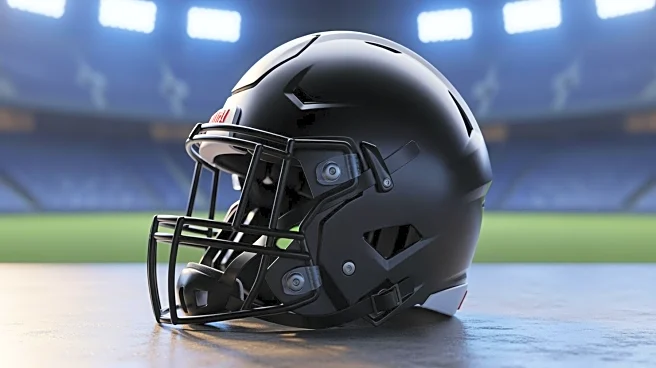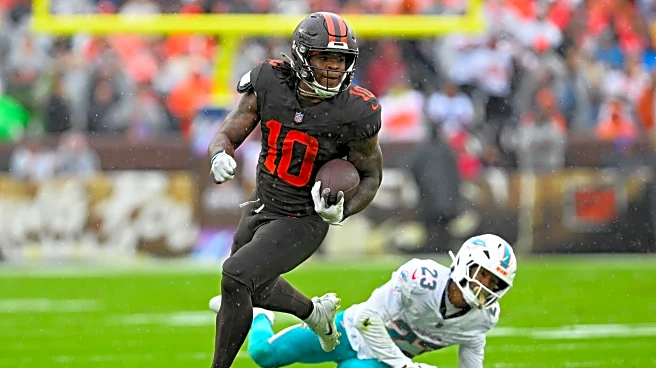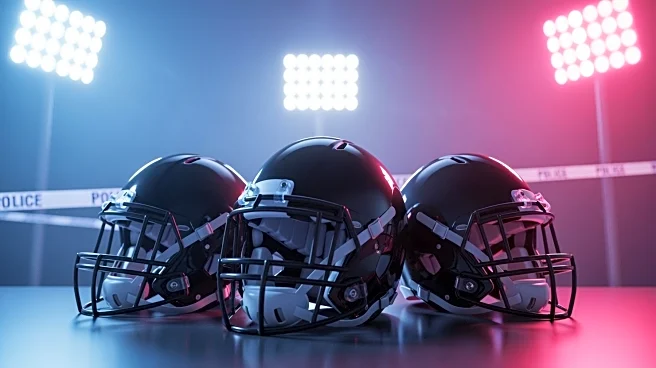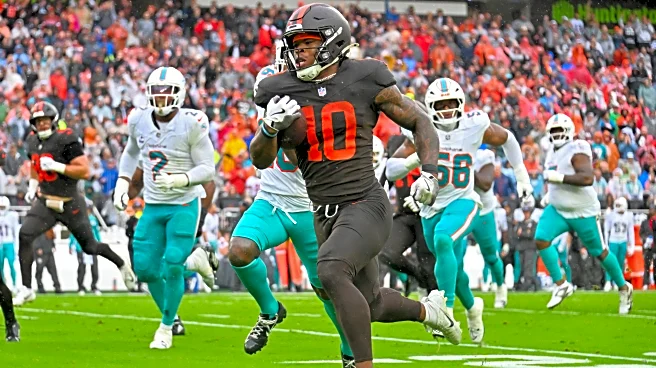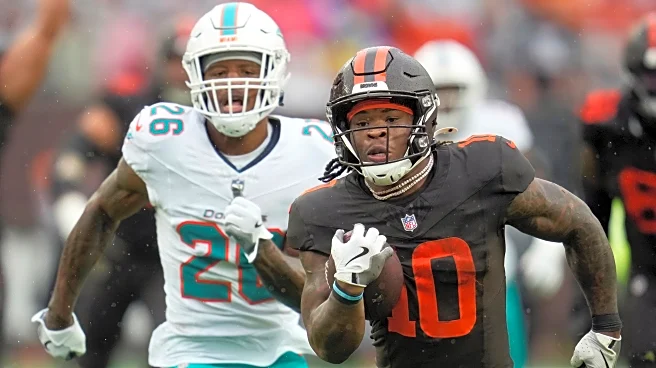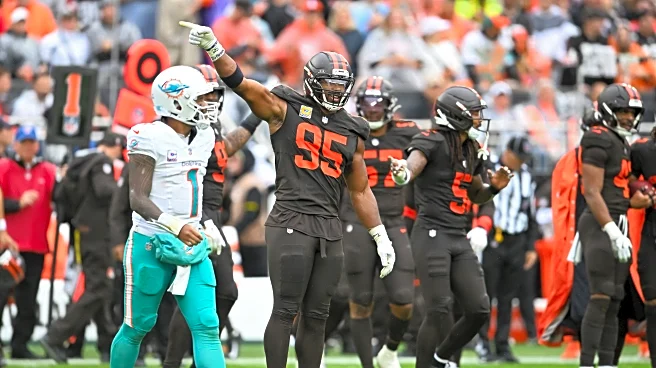It may have taken longer than expected, but the Cleveland Browns have reached a point where they have stability at the quarterback position.
After an offseason where people talked themselves into believing
the delusion that the Browns would willingly start Kenny Pickett, and the mass hysteria over trading a 40-year-old backup quarterback who no longer had a role with the team, things have settled into a standard routine seen across the NFL.
Dillon Gabriel, who picked up his first win on Sunday against the Miami Dolphins and has yet to commit a turnover in his three starts, is the starter and takes the practice reps with the starting offense. Shedeuer Sanders is the backup and is getting reps at the appropriate times in practice.
This is a scene that plays out every week across the NFL. Practice time is extremely limited as the players only have three days to prepare for that week’s opponent. Every moment is crucial as teams work to implement the game plan, develop game-specific packages, refine goal-line play, practice two-minute drills, and prepare for red-zone plays, among other key elements that contribute to game preparation.
That is why the starting quarterback receives the first-team reps, while the backups fill in the gaps. This is even more important in Cleveland, given that Gabriel is a rookie, and the more work he gets with the starters can only increase his chances of being successful on Sunday afternoon.
But this is Cleveland, where using the words “Browns” and “normal” in the same sentence can lead to confusion. After all, and not everyone may know this since it is rarely talked about, Gabriel is the 41st quarterback the team has started since 1999.
The general misunderstanding of how real NFL teams deal with their quarterbacks explains, at least a little bit, why Cleveland head coach Kevin Stefanski continues to deal with questions about the practice reps for the team’s quarterbacks.
A far less patient man would have met the question with silence or turned the question around to ask what other NFL teams are taking practice time away from the starter. But Stefanski is more evolved, so he had to explain things in the most basic way possible:
“With a young quarterback, with Dillon starting, you want to make sure he gets a lot of reps. (It is) different when you have a veteran like Joe (Flacco), but (Shedeur is)( still getting reps in a bunch of periods.”
Sanders’ time will arrive at some point. And when it does, he will receive the first-team practice reps like a proper starting quarterback.
Until then, maybe everyone can just enjoy that the Browns are acting like a real NFL team with their current quarterback room.
Because we all know that has rarely been the case over the past 30-plus years.
